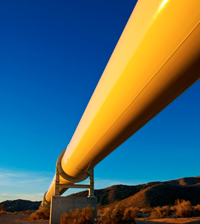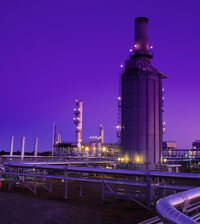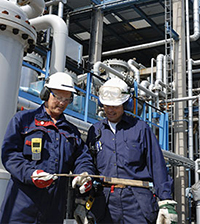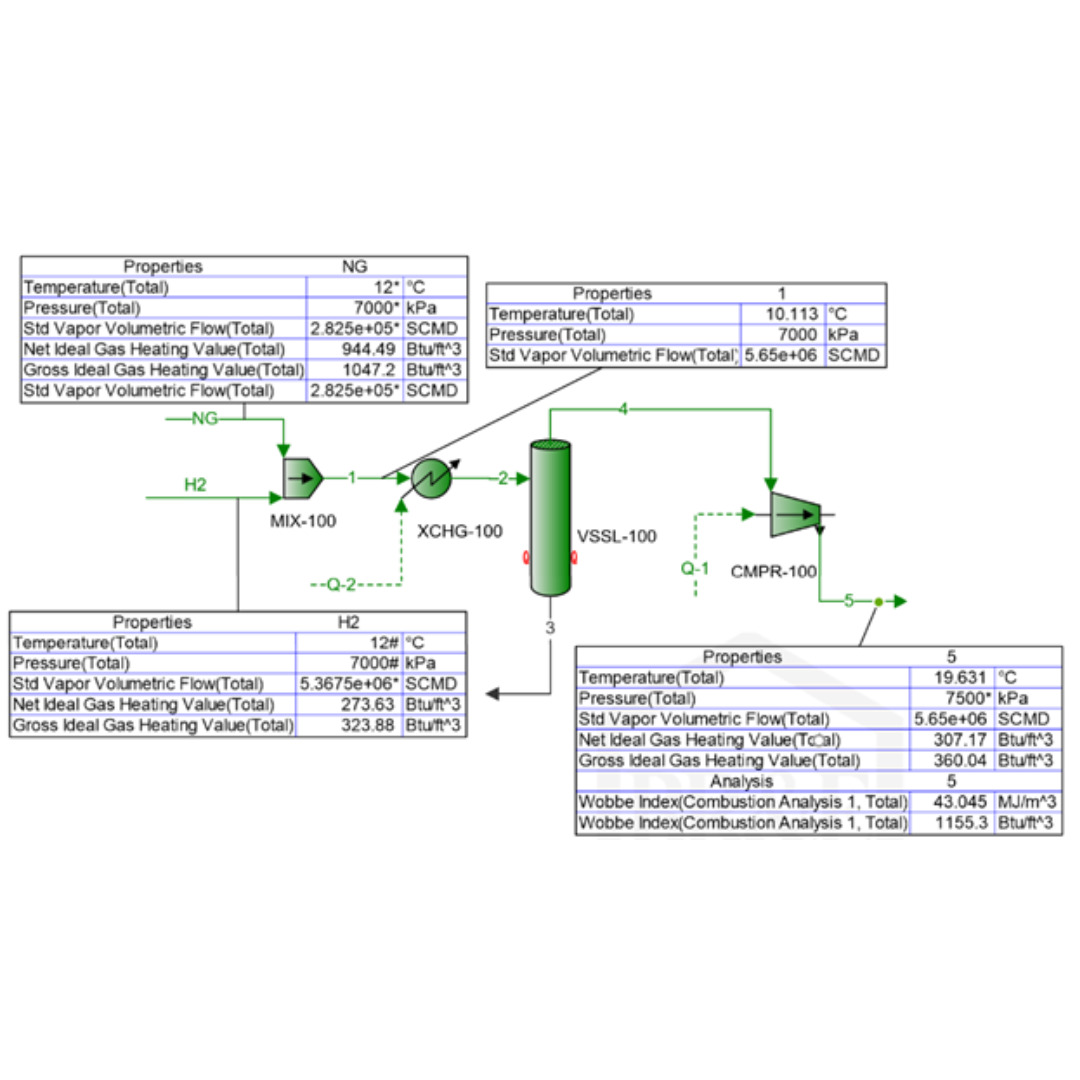
For transportation of crude oil, the pumping power requirement varies as the crude oil viscosity changes. Increasing °API or line average temperature reduces the crude oil viscosity. The reduction of viscosity results in higher Reynolds number, lower friction factor and in effect, lower pumping power requirements. To reduce pressure drop and increase pipeline capacity, oil industry has utilized drag reducing agents. Drag-reducing agents, or drag-reducing polymers, are additives in pipelines that reduce turbulence in a pipe. Usually used in petroleum pipelines, they increase the pipeline capacity by reducing turbulence and therefore allowing the oil to flow more efficiently. In addition to drag reducing agents, another group of chemicals called “Incorporative Additives”, which reduces crude oil viscosity, may be used. In this Tip of the Month, we will demonstrate the effect of an incorporative additive on crude oil viscosity and consequently on pressure drop for crude oil pipeline transportation. [Keep reading]










